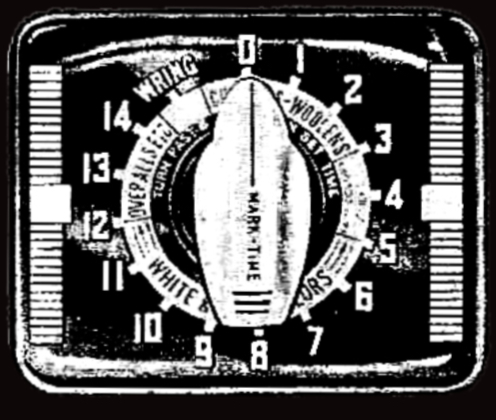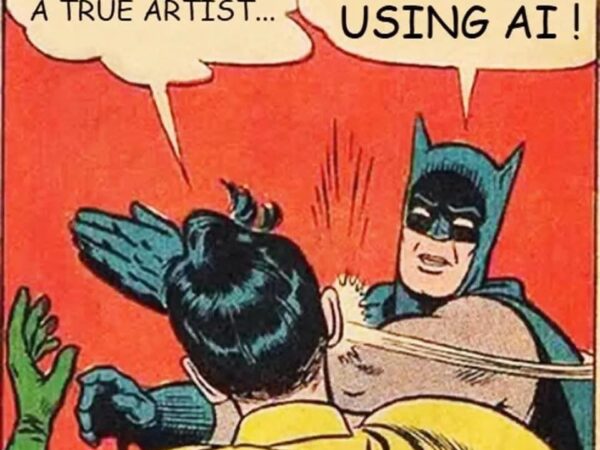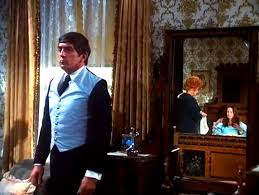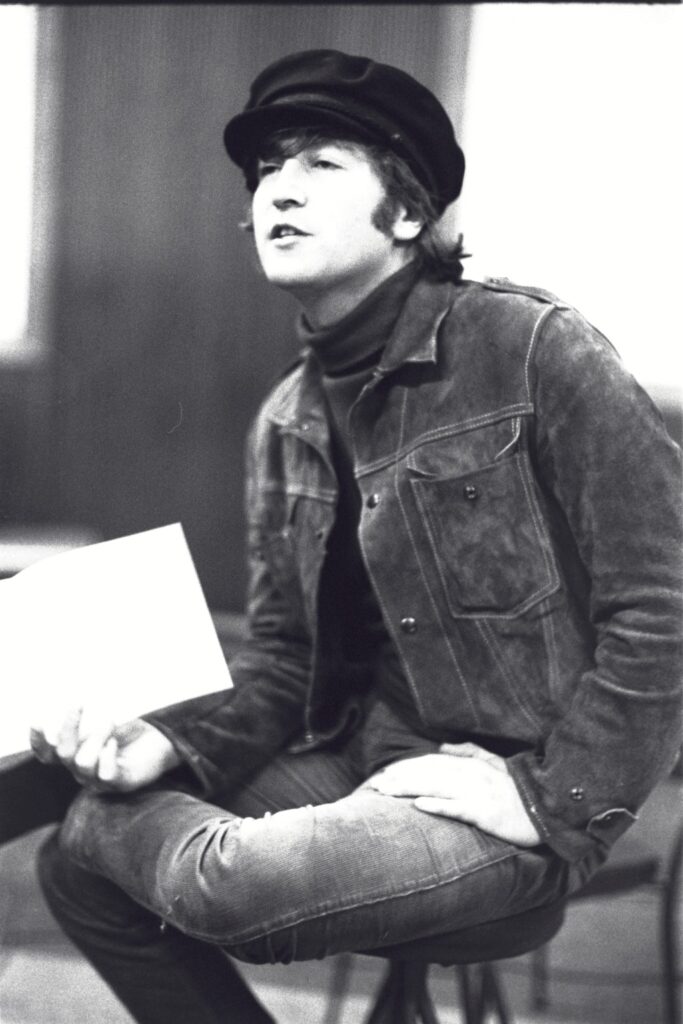
A kerfuffle arose on FB before Christmas on the MidCentury Fashions page. Some folks took umbrage over a post featuring John and Yoko’s “War is Over!” 1970 billboard campaign for peace. The usual Yoko bashing commenced, as well as an outrage over John not supporting US soldiers in Vietnam. That last sentiment is baffling because John Lennon was an Englishman, a peace activist, and not involved with that horrible mess in the first place. The post further devolved into wholesale John-trouncing with the usual chorus of latter-day feminists citing the song “Run For Your Life” as some coded confession of John Lennon’s ill-treatment of his first wife. Divisive as the song has grown over the past half-century or so, many are seeing pictures in inkblots when it comes to a hidden meaning in the tune. It’s time for a fact-check.

The first track recorded for the pivotable Rubber Soul sessions, “Run For Your Life,” was penned between early September and early October and then rushed to the studio. On 12 October 1965, after five takes in only 4 hours, “Run” was completed.
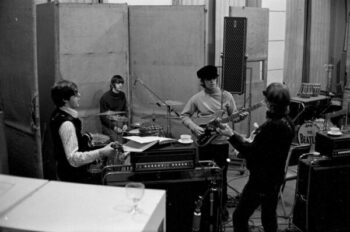
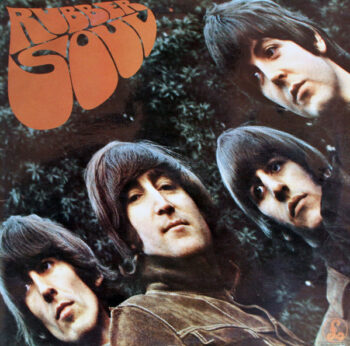
Rubber Soul marked a turning point for The Beatles, as it ushered in a new era of songwriting. By 1965, the band was ready to move beyond the traditional pop radio boy-meets-girl songs. They decided to record only new original compositions written by the band members going forward. While “Run For Your Life” was not a cover song, it represented the last of The Beatles’ old sound as they began to experiment with new musical styles. The old pop tunes were left behind in the dust.

Stripping away all the opinions about the song, “Run For Your Life” is simply a homage to Carl Perkins and the rockabilly songs of the group’s youth. Although the song has received negative criticism due to the problematic lyrics, it is important to note that the line “I’d rather see you dead, little girl, than to be with another man” is actually taken directly from a 1955 Elvis Presley song called “Baby, Let’s Play House” by Arthur Gunter. In the original song, the phrase is used as a figure of speech by a man trying to convince his girlfriend to come back to him. John Lennon used this line as inspiration for his own composition, creating a satirical take on the Elvis song with a darker tone. Despite the sinister refrain, the song itself is lively and catchy, making for a clever musical tribute to rockabilly.

After completing the song “Run,” John Lennon went on to write some of the best music on the album. His autobiographical song “In My Life” was his first profoundly personal song of self-reflection and is regarded as one of the first songs of the Baroque pop genre. Another introspective track, “Nowhere Man,” was Lennon’s review of his own shortcomings. “Norwegian Wood,” perhaps the most unique track on the album, is about one of John’s affairs. It is also notable for being the first time the Eastern sitar was recorded on a Western record, with George Harrison playing the instrument.
On the UK-issued album, “Run For Your Life” would find itself as track number 14, dead last, among all this great new music. Compared to the rest of Rubber Soul, it is out of place and regarded by most critics as the weakest track on the album. In later years, Lennon would express his disappointment in the song, calling it the “throwaway” composition he liked the least, claiming the guitars were out of tune, and generally disowning it. In contrast to John’s disdain, George would call it his favorite song as he did some brilliant guitar work.
Although it may be considered weak, the track itself is actually a great piece of music. The song has a catchy hook, a simple verse, and refrain with a high-energy, lively melody, and an unsettling B minor chord in the chorus. During the blues solo, George Harrison’s guitar work is excellent, and he played at least four different guitars during the session. His solos were also incredibly powerful. Harrison also used early slide guitar, which would later become his trademark, in a few bars of the solo. John’s vocals are razor-sharp, and Paul McCartney’s Höfner bass carries the song, never allowing it to slow down, while Ringo keeps the timing with soft percussion.
I don’t recall any uproar over the song in 1965. At that time, we listened to music on staticky AM radios that produced tinny sounds, so nobody paid attention to the lyrics. The song was covered by three different artists in 1966, starting with Nancy Sinatra’s version on her album ‘Boots’, followed by covers by Gary Lewis and the Playboys, and Johnny Rivers.” On Parlophon’s single “Michelle,” released for the European market, “Run” gained more exposure as the B-side. The song made two episodes of The Beatles US cartoon show, one with a sing-along so all eight-year-olds could belt out, “Catch you with another man; it’s the end-ah, little girl!” No kids started chasing grade school girlfriends with butcher knives, though. Nary a parent raised an eyebrow. The tune came and went with no controversy.


There are a few clips left of the cartoon show on YouTube. Though younger internet dwellers have meltdowns over this animation, keyboard warriors will have problems finding pearl-clutching moments in the videos. The song’s audio is absent due to copyright restrictions. Sadly, the cartoon is now out of print.
Sometimes, a song is just a song. If any hidden meaning exists, it’s simply a satirical farewell. ”Run For Your Life” is a nod to Carl Perkins, Elvis, rockabilly, and the old 1950s rock and roll music that shaped the group. It’s also an announcement the musical bus has moved on. Rubber Soul is a preview of things to come. The rest is history. The Beatles stopped touring the following year and became studio artists, producing some of the most complex music of the 1960s, starting with their next album, the music world shattering Revolver.
There is an excellent lesson on playing this song on Mike Pachelli’s YouTube channel. I agree with his opinion of the manufactured outrage over the tune. The same keyboard warriors screeching over Lennon ignore one of the most violent songs of the same era: “Hey Joe.” “Run for Your Life” may sound threatening, but “Hey Joe” is about a disgruntled lover putting a gun to his unfaithful girlfriend’s head and blowing her brains out. Yet, we never hear a peep out of online activists upset with this overt violence. Jimi Hendrix’s cover remains a sacred rock classic. There were no objections when the song came out in the 1960s and few, if any, now. It’s interesting to note that these same people who are silent about the violence in “Hey Joe” will rend outer garments if anyone dares to criticize Hendrix.
I’ve always felt “Run For Your Life” got a bad rap for no reason. Though not groundbreaking, it’s a clever, fun tune to play and a personal favorite of mine. The John bashing is unwarranted. Perhaps it’s a substitute, a passive-aggressive Yoko bashing in disguise, for the politically correct set. Everyone still blames her for breaking up The Beatles, anyway. In any event, give the song a spin, grab your guitar, and try it. You’ll feel better after. Trust me.
